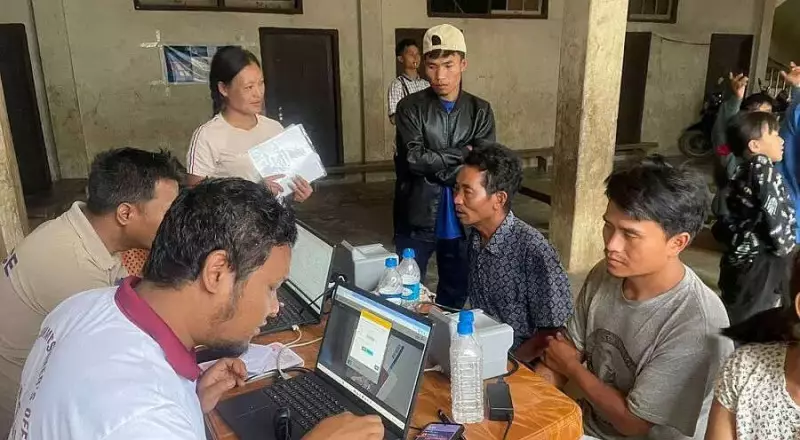
In a significant technological advancement for humanitarian operations, Mizoram authorities have successfully collected biometric data from more than 13,600 refugees currently residing in the state. This digital initiative represents a major step forward in modern refugee management and documentation processes.
Digital Documentation Milestone Achieved
Official sources confirm that the biometric enrollment drive has been progressing systematically across various refugee camps and settlements throughout Mizoram. The comprehensive data collection includes fingerprints, facial recognition data, and iris scans, creating a secure digital identity for each registered individual.
Enhanced Security and Efficiency
The implementation of biometric technology serves multiple crucial purposes:
- Preventing duplicate registrations and identity fraud
- Ensuring accurate distribution of aid and resources
- Creating a reliable database for future humanitarian planning
- Facilitating smoother administration of refugee populations
This systematic approach represents a significant upgrade from traditional paper-based documentation methods that were prone to errors and manipulation.
Humanitarian Implications
The biometric initiative not only streamlines administrative processes but also provides refugees with a verifiable digital identity. This documentation can prove crucial for accessing essential services, maintaining personal records, and potentially assisting in future repatriation processes or legal matters.
Officials emphasize that the collected data is being stored with strict security protocols to protect individual privacy while maintaining the integrity of the humanitarian database. The system is designed to balance efficient administration with respect for personal data protection.
Future Expansion Plans
With the current phase showing promising results, authorities are considering expanding the biometric registration to cover additional refugee populations. The success of this digital transformation in refugee management could serve as a model for similar humanitarian efforts across other regions facing displacement challenges.





